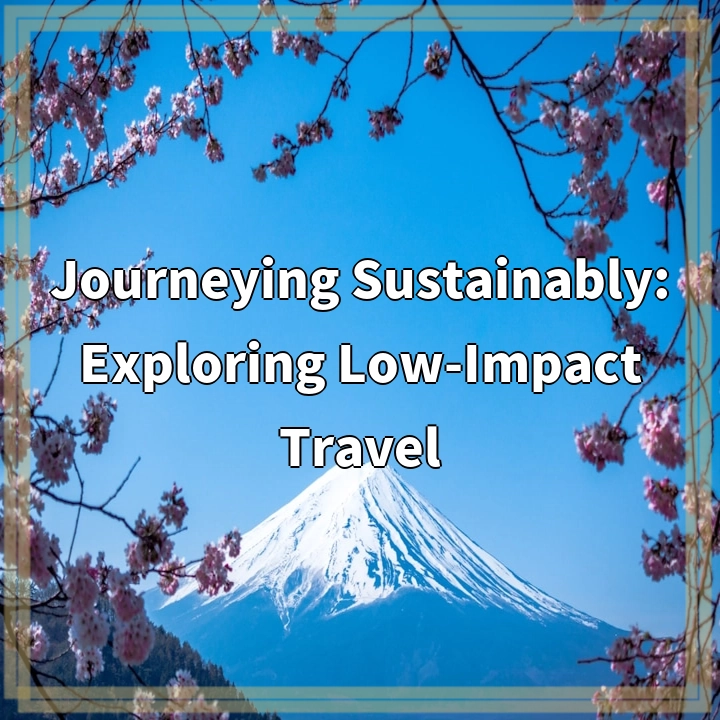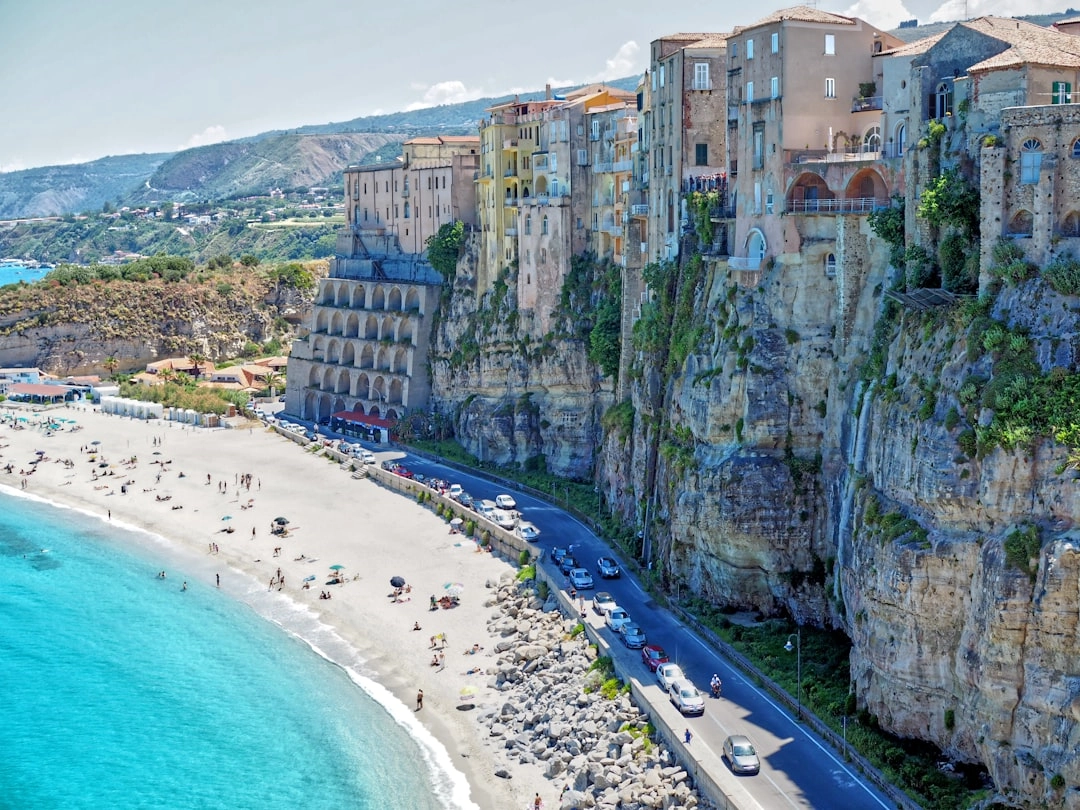
What is Low-Impact Travel?
Low-impact travel, also known as sustainable or eco-friendly travel, is a form of tourism that aims to minimize negative environmental, social, and economic impacts. It involves making conscious choices and taking actions that reduce the carbon footprint, preserve natural resources, protect local communities, and enhance cultural understanding.
Real-World Problems Associated with Low-Impact Travel
1. Carbon Footprint:
One of the biggest challenges in low-impact travel is reducing carbon emissions. Transportation, particularly air travel, contributes significantly to greenhouse gas emissions. Finding alternatives such as using public transport, cycling, or choosing destinations closer to home can help minimize this impact. Additionally, supporting carbon offset initiatives can help compensate for unavoidable emissions.
2. Resource Consumption:
Travelers often have higher resource consumption patterns while on vacation, leading to strain on local resources, such as water and energy. Encouraging responsible resource management, opting for eco-friendly accommodations, and reducing waste through recycling and minimizing single-use plastics are important steps to address this issue.
3. Wildlife Conservation:
Low-impact travel aims to minimize disruption to wildlife and their habitats. However, certain activities, such as unethical wildlife tourism or destruction of natural habitats for infrastructure development, pose significant challenges. Creating awareness and supporting initiatives that promote conservation and responsible wildlife encounters can help mitigate these problems.
4. Socioeconomic Impact:
Low-impact travel seeks to benefit local communities and economies. However, there can be challenges in ensuring fair economic distribution and minimizing negative social impacts, such as cultural exploitation or displacement. Engaging with local communities, supporting community-based tourism projects, and respecting cultural practices and traditions are important in addressing these problems.
5. Overcrowding and Overtourism:
Popular destinations often face issues of overcrowding, which can lead to environmental degradation, cultural erosion, and increased cost of living for local residents. Promoting off-season travel, exploring lesser-known destinations, and practicing responsible tourism behavior, such as respecting local regulations and customs, can help mitigate the negative effects of overtourism.
By acknowledging and actively working to address these real-world problems associated with low-impact travel, we can make a positive impact on the environment, communities, and our own travel experiences.

Solutions for Low-Impact Travel
1. Reduce Carbon Footprint:
Use alternative modes of transportation like trains or buses whenever possible. Opt for non-stop flights to minimize emissions. Consider carbon offset programs to compensate for unavoidable emissions.
2. Responsible Resource Consumption:
Choose eco-friendly accommodations that implement sustainable practices. Conserve water by taking shorter showers and reusing towels. Save energy by turning off lights and air conditioning when not in use. Minimize waste by carrying a reusable water bottle and shopping bag, and avoiding single-use plastics.
3. Promote Wildlife Conservation:
Support ethical wildlife-focused initiatives and tour operators that prioritize animal welfare. Refrain from engaging in activities that harm or exploit wildlife. Observe animals in their natural habitats from a respectful distance.
4. Foster Positive Socioeconomic Impact:
Engage with and support local communities by staying in locally owned accommodations, shopping at local markets, and eating at local restaurants. Respect local customs, traditions, and cultural practices. Seek out community-based tourism projects that directly benefit the local economy.
5. Combat Overcrowding and Overtourism:
Explore off-the-beaten-path destinations to reduce strain on popular tourist spots. Visit popular destinations during non-peak seasons to avoid overcrowding. Follow local guidelines and regulations, particularly in sensitive areas. Be a responsible traveler and respect the local environment and community.
Implementing these solutions can contribute to a more sustainable and low-impact travel experience. By embracing responsible travel practices, we can help preserve the environment, support local communities, and protect our valuable cultural and natural heritage.















